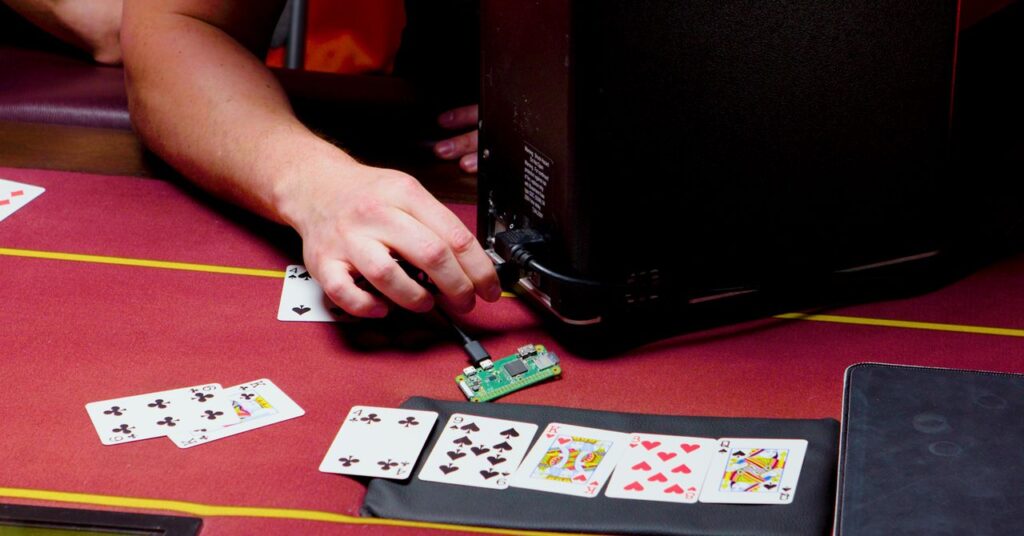“If there’s a camera that knows the cards, there is always some kind of underlying threat. Customers are gonna be essentially at the mercy of the person setting up the machine,” poker player and card house owner Doug Polk previously told WIRED. “If you’re showing up in a private game and there’s a shuffler, I would say you should run for the hills.”
Hacking the Deckmate 2, according to prosecutors, was only one of several cheating techniques the mobsters allegedly used, albeit the one that’s described in the most detail in the indictment. The charging document also claims that they used invisibly marked cards, electronic poker chip trays, phones that could secretly read cards’ markings, and even specially designed glasses and contact lenses.
While the details of those schemes weren’t spelled out by prosecutors, they’re all well known in the casino security world, says Sal Piacente, a professional cheating consultant and the president of UniverSal Game Protection. Cards can, for instance, have hidden bar codes on their edges—printed invisibly, such as with infrared ink—that can be deciphered by a reader hidden in a chip tray or in a phone case laid on the table. In other cases, cards are similarly marked on their backs with ink that’s only visible with special glasses or contacts.
“This kind of equipment is being used more than you would think,” Piacente says. “When you go to a private game, there’s no regulation, no commission, no rules. Anything goes.”

